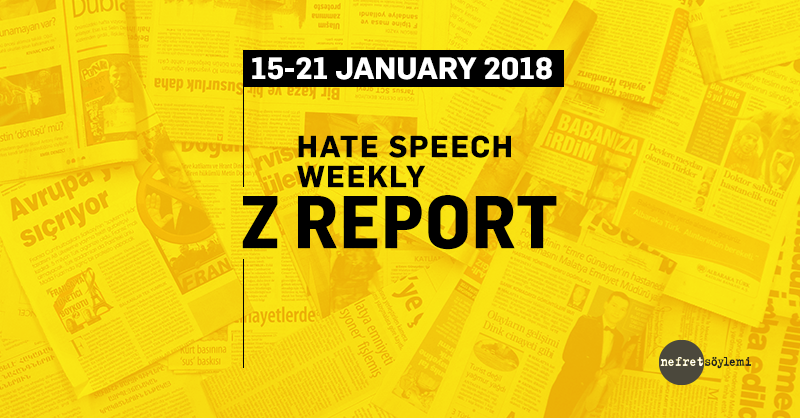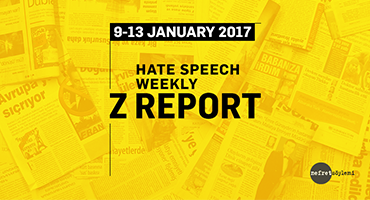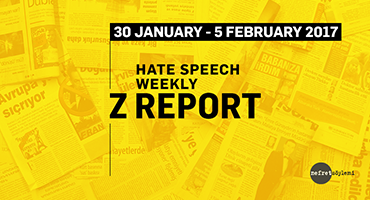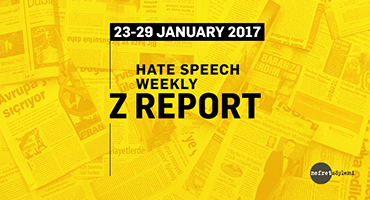Within January 15-21, 2018, three articles that generate hate speech were selected. You can find these articles that contain hate speech against non-Muslims, Syrians and Jews as well as the analyses written about them below.1
1.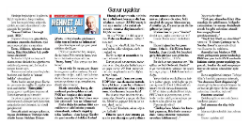
Mehmet Ali Yılmaz, in his column titled “Servants of the giaour” writes: “In fact, they didn’t stand by the persecuted Kurds, the big boys’ purpose was to carry out enmity against Turks by acting like 'pro-Kurdish' and serving for the giaour. They used all of us by appealing to our most supreme feelings, especially our most humanist, well-meaning youth” and “Since the hidden Gulenists they planted in CHP failed, they are using these people now for backing the giaours!” With these remarks, he reinforces the enmity against non-Muslims with the word “giaour” which is used as an expression of hatred and defamation for non-Muslim identities in Turkey.
|
2.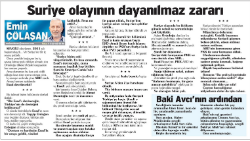
Emin Çölaşan, in his column titled “Unbearable damage of Syria incident”, writes: “Over 3 million Syrians came to Turkey. Now, a part of those refugees are fed by us, another part wanders around Turkey like loose cannons, begs on the roadside and works for low wages.” With these remarks, he labels Syrians as a potential threat for society and economy. Thus, he escalates the existing prejudice against Syrians and reinforces hatred and discrimination.
|
3.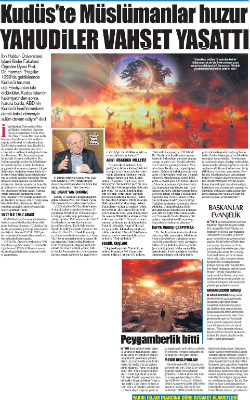
The article published in Yeni Akit with the title “Jewish atrocity in Jerusalem”, on the front page and with “Muslims brought peace to Jerusalem, but Jews brought atrocity” inside contrasts Muslims and Jews. Jews are portrayed as enemies and associated with atrocity.
|
1. Within the scope of the media monitoring work focusing on hate speech, all national newspapers and around 500 local newspapers are monitored based on pre-determined keywords (e.g. Traitor, apostate, refugee, Christian, Jewish, separatist, etc.) via the media monitoring center. While the main focus has been hate speech on the basis of national, ethnic and religious identities; sexist and homophobic discourses are also examined as part of the monitoring work.

